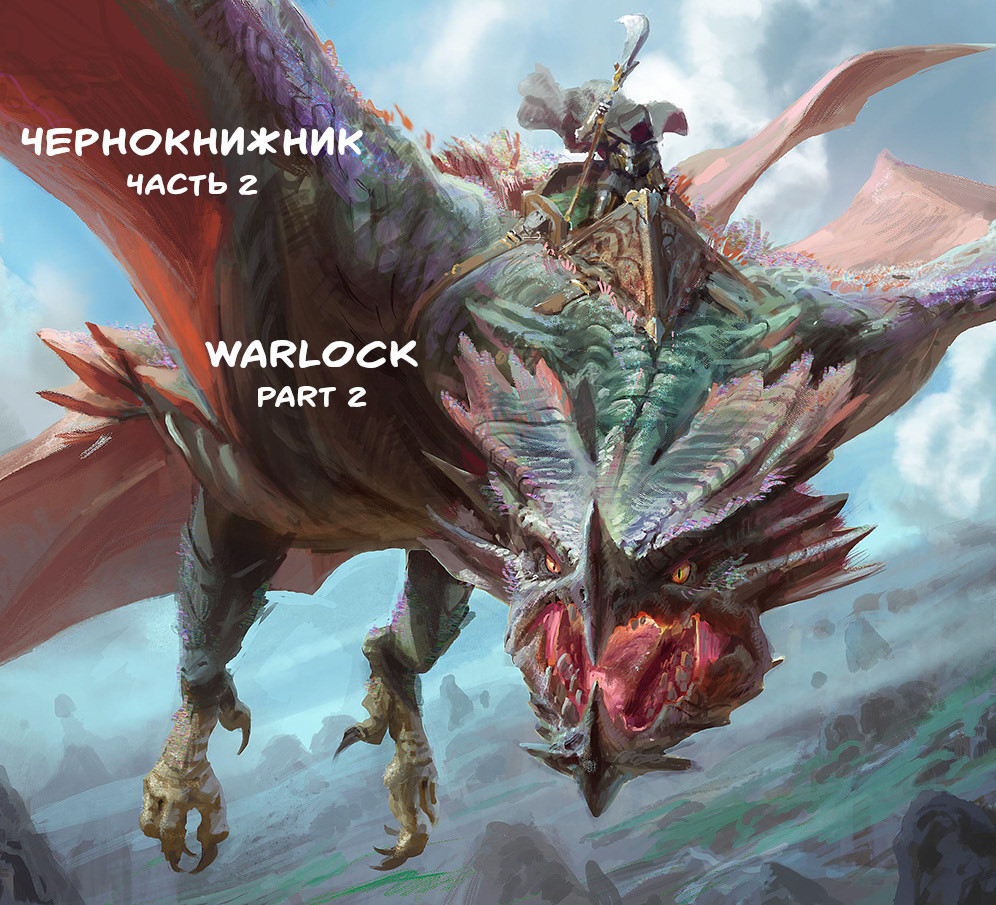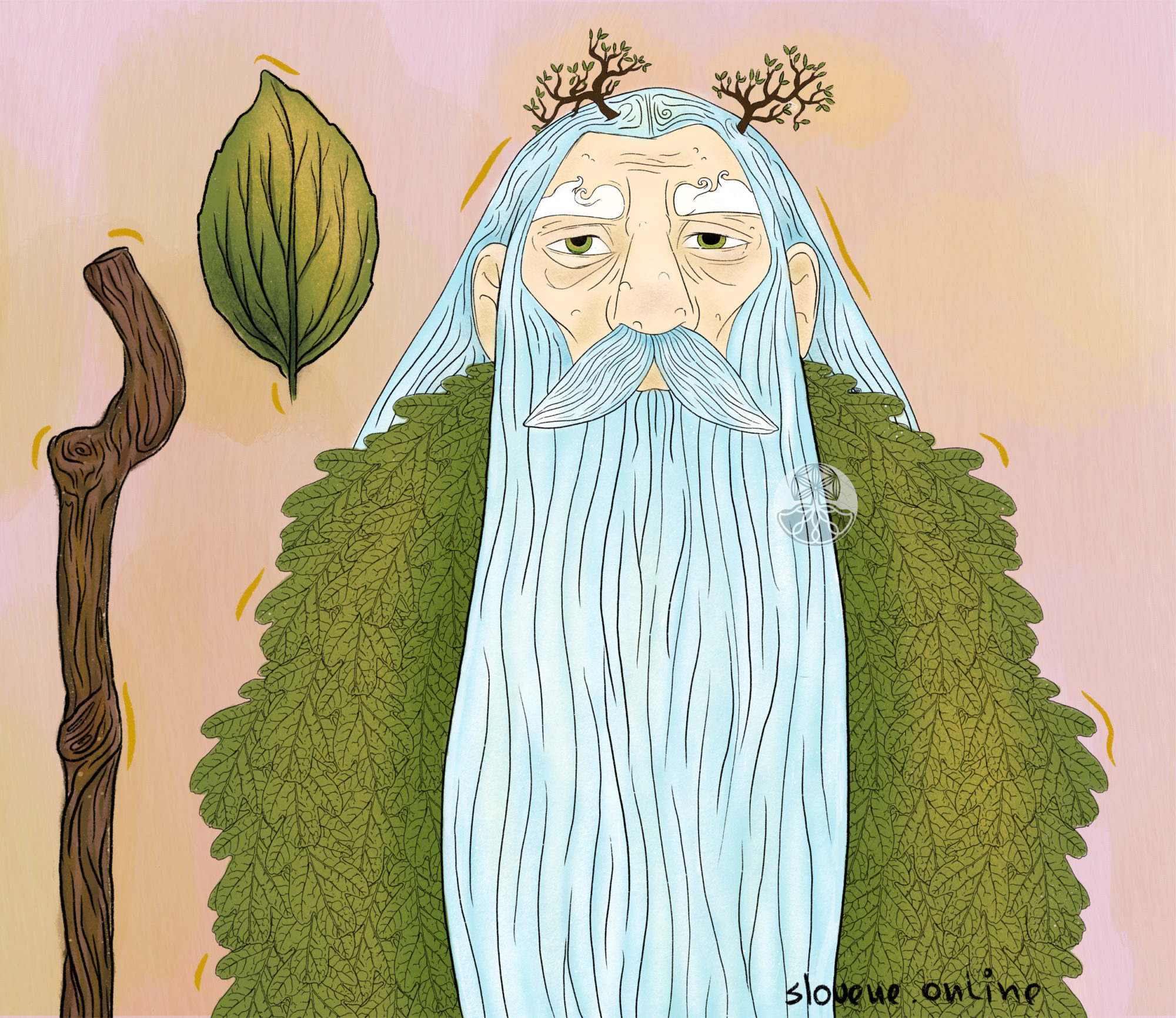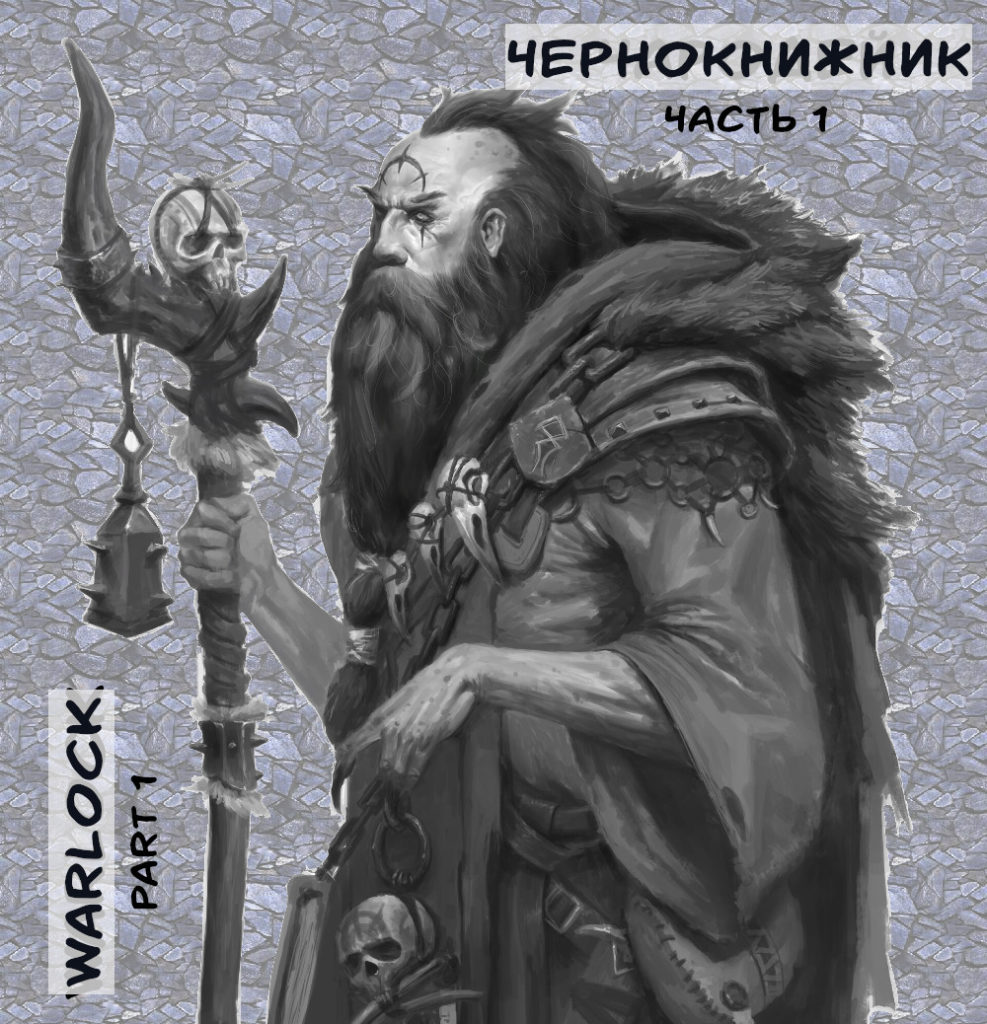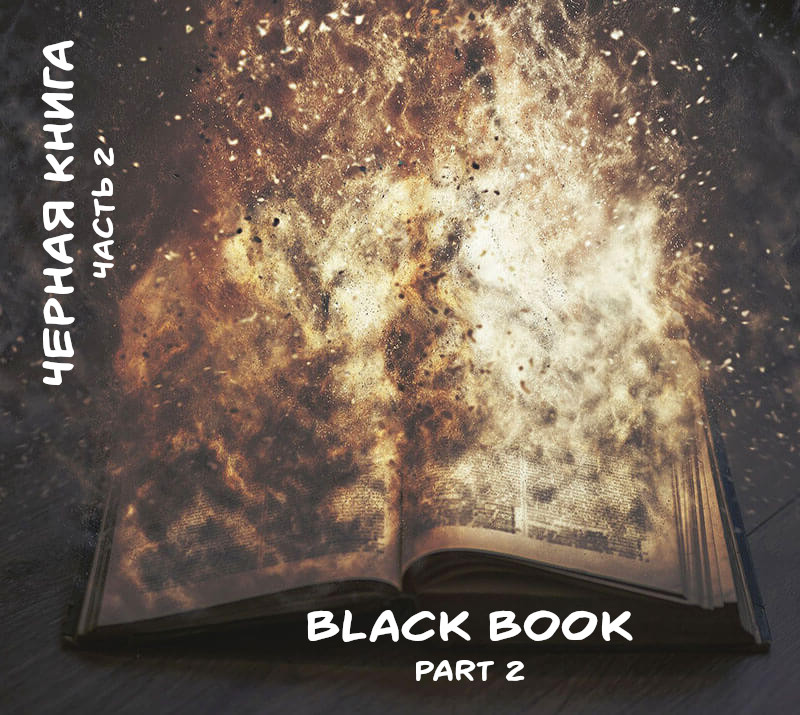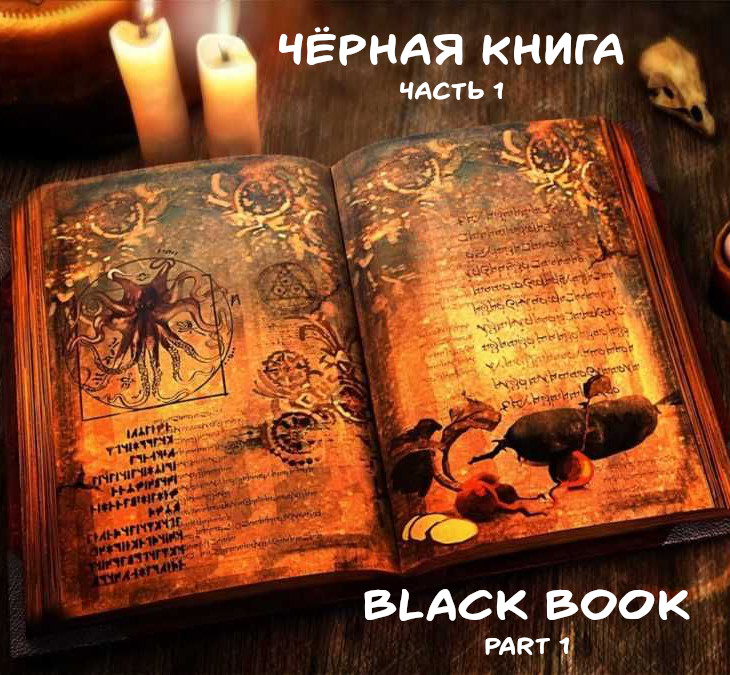The ancient Slavs believed that the warlocks knew how to control the elements of the nature. According to the beliefs of Slovenes, Croats, Slovaks and Carpathian Ukrainians, with the help of a special book, the warlock could summon a flying serpent, mount it and direct the clouds to where he wanted hail to fall on the ground.
ꏍ
In Hutsul legends, warlocks gather in the Carpathians on Chornogora mountain. There they read their magic books, turn water into hail, and send storms to fields and villages. They have an “ice-cold” flying serpent (smok) at their disposal. They keep pieces of his flesh under their tongues when they fly to hot regions where no one can live… But it was also believed that a warlock can not only send, but also turn away hail clouds. Warlocks were invited for Kolyada (winter solstice) dinner together with other sorcerers, “knowing people”, predatory animals, etc. to gain their support in protection of crops and households.
ꏍ
In addition to the Chornogora in the Carpathians, what places you know may also be suitable for the gatherings of warlocks? 😉
ꏍ
More interesting facts can be found in: “Slavic Antiquities” – encyclopedic dictionary in 5 volumes by Institute for Slavic Studies of the Russian Academy of Sciences.
Illustration: Daniel Clarke www.artstation.com/daniel_clarke
